By Hugh Tranter, author of the NLA Publications book Southern Signals
During the Australian Antarctic Expedition of 1911 to 1914, Australian explorer Sir Douglas Mawson pioneered the use of wireless radio communications to Antarctica. In a bold move, he established a wireless station at Macquarie Island as a staging point from Hobart to the Main Base of the expedition at Cape Denison in the Antarctic.
Fifty-five years later in July 1969, Australians were again involved in innovative use of communications when the Australian Government supported NASA and the Apollo 11 Missions. The Parkes Radio Telescope and the Honeysuckle Creek Tracking Station received live television footage from astronauts Neil Armstrong and Buzz Aldrin as they stepped onto the Moon’s surface, following the landing of the Apollo 11 Lunar Module (LM) ‘Eagle’. In a classroom in Sydney, my kindergarten teacher turned on the TV so that we could witness mankind landing on the moon. My five-year-old self registered that it was an important event, but that was about it—my focus was on getting home from school to eat afternoon tea and to watch Gilligan’s Island!
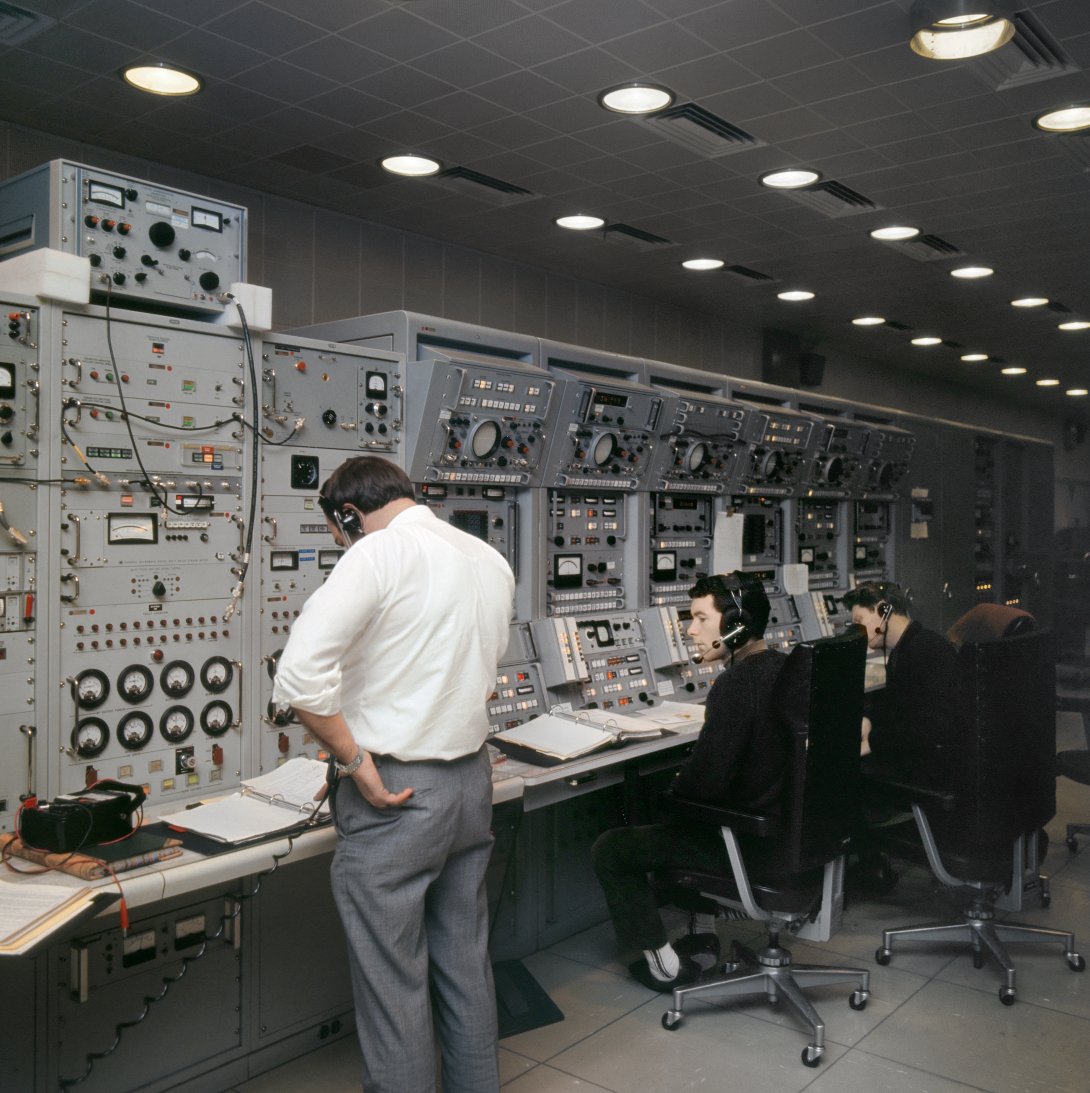
I may not have reflected on the momentous feat of being able to send messages from the moon to Earth, but growing up in the 1970s I was aware that communication formed a key part of our daily lives; my family had a TV, telephone and a radio. These were the ways we connected with our world. We also got newspapers and mail, including postcards and letters from friends and relatives, packages from across the country and around the world. In 1977, I was impressed, on starting high school, that the Maths faculty possessed two computers. I remember thinking with some relief, ‘I’ll be too old to worry about it by the time computers become important’. How wrong I was!
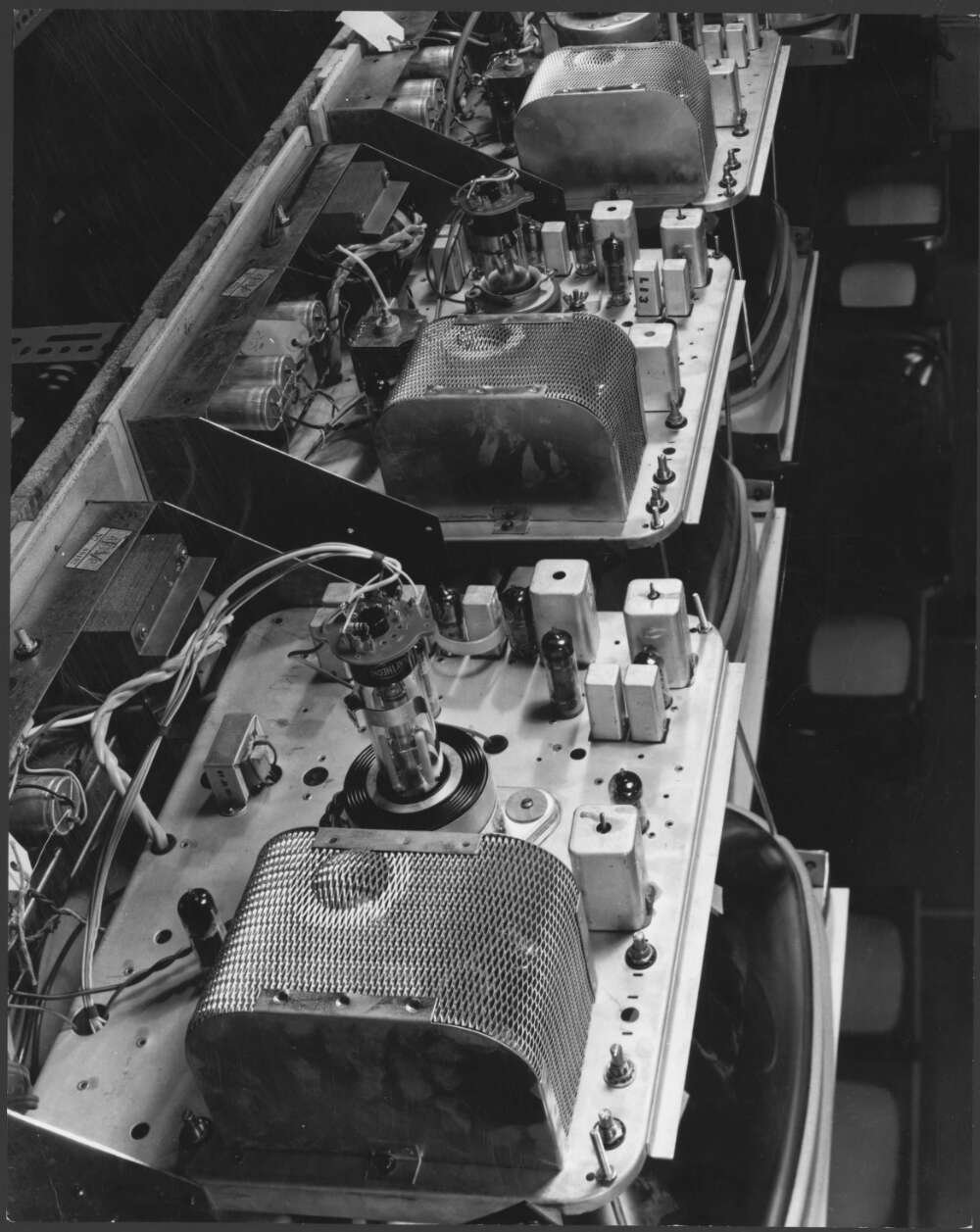
A curiosity about communications has led me, over the years, to absorb and research stories about communications in Australian history. In putting together Southern Signals, I have reflected on the effect of changing technology on our economy, politics and society. How have we adapted to change? Who were the people who thought of all these things? Specific questions provided a starting point on how to structure the book: How did the colonies get news from overseas before the telegraph came into being? What was it like getting radio in your home for the first time? How did our soldiers use communications in the First and Second World Wars? How have we used communications during natural disasters, or for search and rescue?
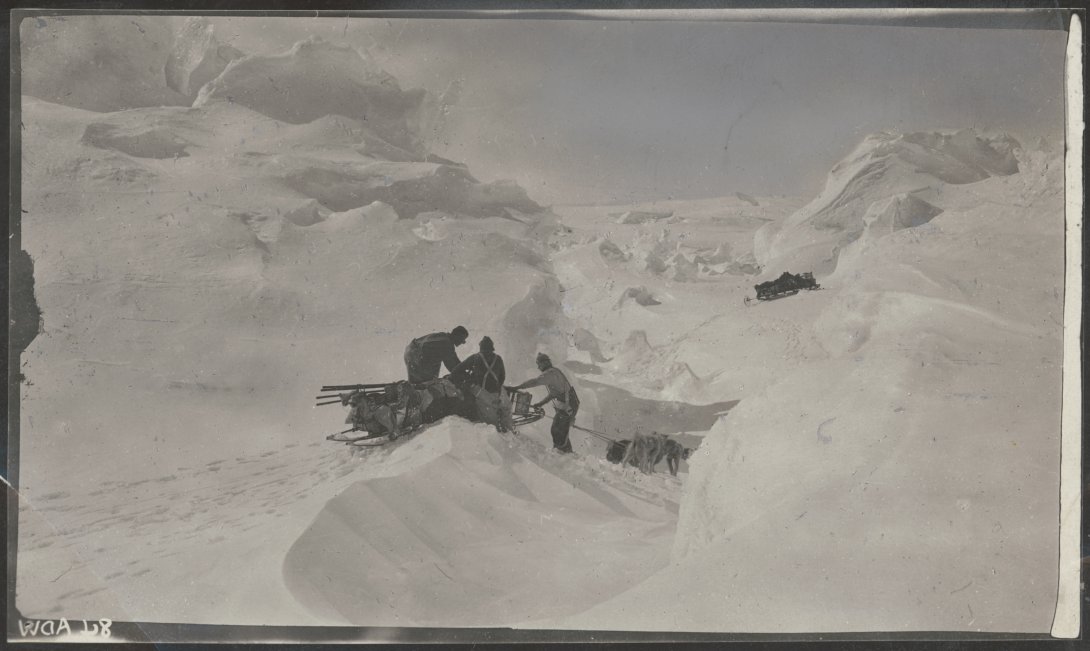
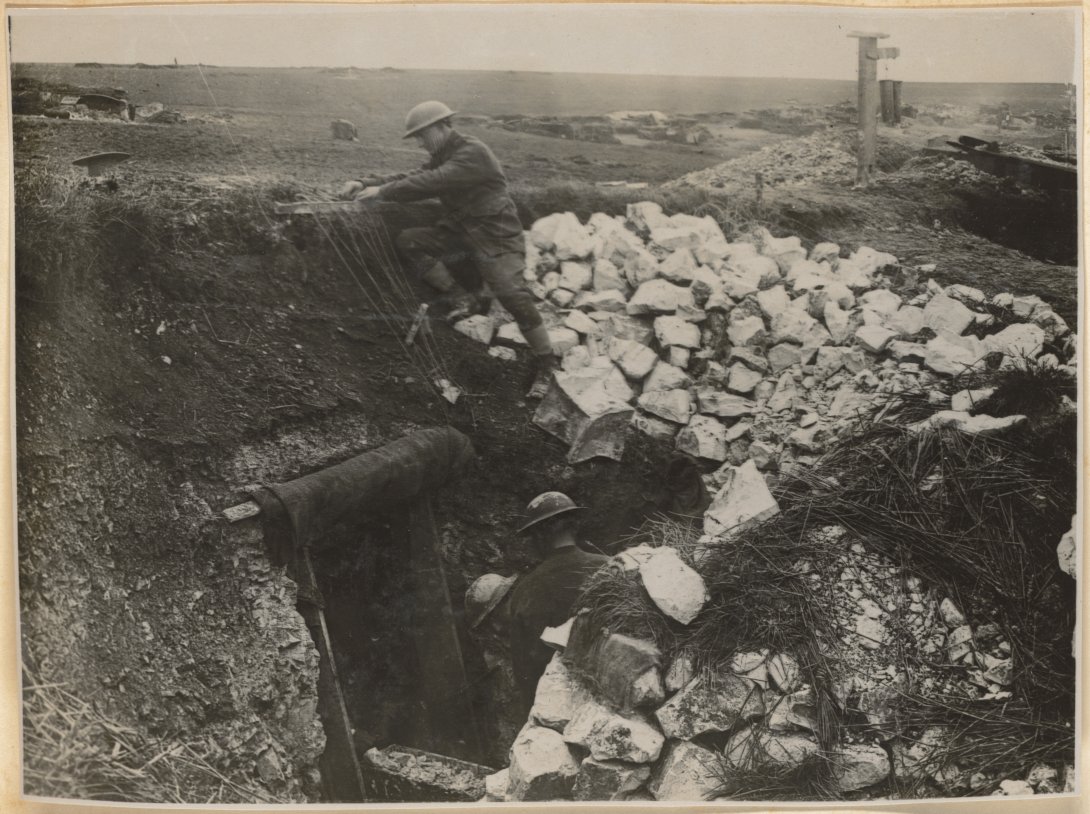
During the research phase, it was a great delight to come across stories and people I was unaware of, such as Violet McKenzie, Australia’s first female electrical engineer, who taught the use of radio to servicemen in the Second World War.
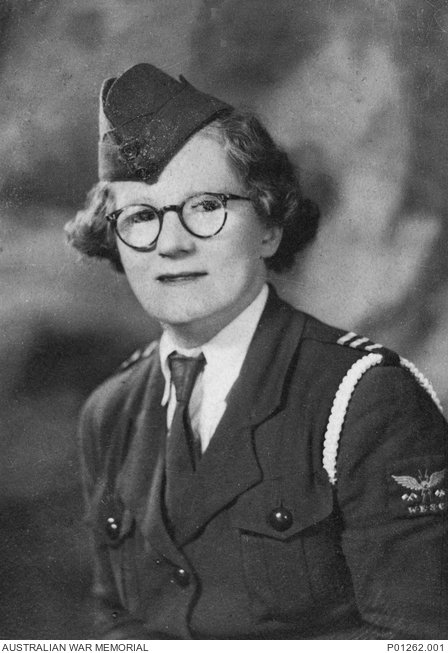
Trove gave me access to the byways of local newspapers, where I found real treasures, including an account of bushranger Ben Hall in the 1850s. Admirable books have been written on the individual stories in Southern Signals and I enjoyed relearning the amazing achievements of John Flynn and the Flying Doctor Service in establishing a network of radio contact to outback stations. I was also impressed by the way radio has been taken up over the years, both to bridge the vast distances across Australia, but as a key part of our multicultural society.
This book is a compilation of stories, both big and small, that trace Australia’s communication history. I hope you enjoy it!